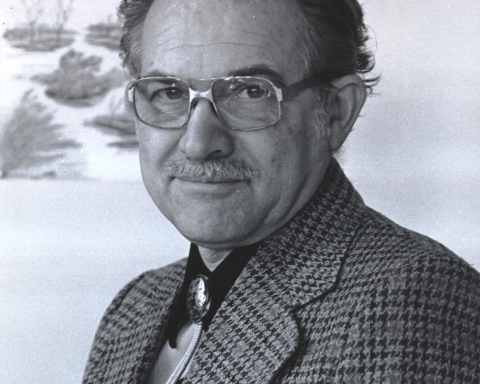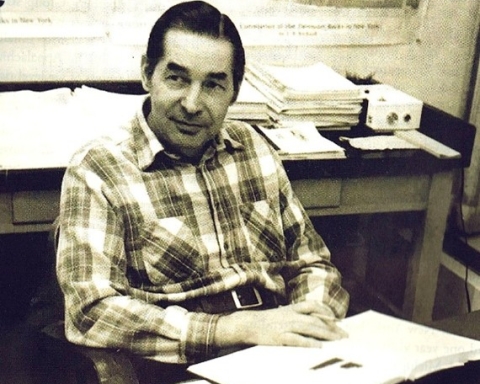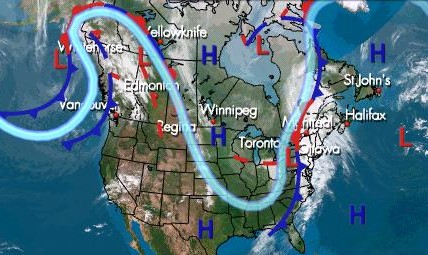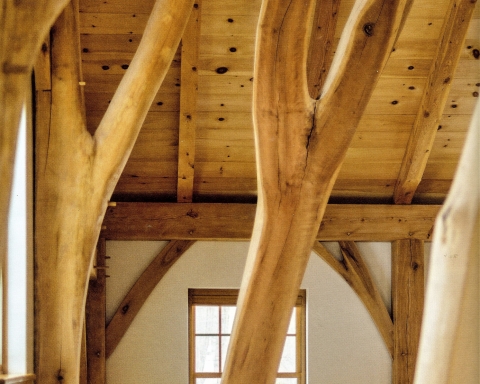Looking into the future
The Catskill Geologists
Robert and Johanna Titus
We frequently travel about in the Catskills, and we are always on the lookout to find a new topic for one of our columns. One day, recently, we were approaching Mt. Utsayantha from the northeast on County Rte. 14. On the mountain’s slope, rising in front of us, we noticed a fairly nondescript mountainside feature. Take a look at the left center part of our photo. You will see what is sometimes called a niche. That is, there is a depression in the side of the mountain.
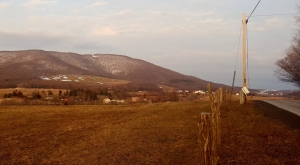
Well, “so what,” you might ask, “big deal, what is there to get excited about?” And you would be right; this is not an especially big deal; it is indeed just a depression in the slope. But we are geologists, and we are writers. We are always looking for an angle. After all, we have to send off a column almost every week.
We started taking this image and projecting it into the future, of course we mean the distant geological future. What, we wondered, would happen if another ice age came along? Our niche in the mountain would soon fill up with snow. And that would initiate a sequence of very predictable events, typical of the latest chapter of an ice age.
First that niche would accumulate thicker and ever thicker amounts of snow. Then the thickening snows, under the influence of their own weight, would start compacting. The snow would be squeezed down into a material that would resemble the packed snow of a snowball. Geologists call that material “neve”. But the process would not stop there; the compacting would continue until the neve’ would harden into genuine ice.
Once enough ice accumulated in the Mt. Utsayantha niche, it would start to become dynamic. Ice can flow like a great rigid mass of water. Its flow will be very slow, but it will move. It has become a glacier, in fact it has become an Alpine glacier, at least a future Alpine glacier.
We had slowed down but now, intrigued, we pulled over, got out and stared up at our Alpine glacier. Usually, we gaze into the past but this time we found ourselves looking into the distant future. We had traveled to a time when the Catskills had come to resemble the Alps of today’s Switzerland.
When will this future Switzerland descend upon the Catskills? We don’t know; we haven’t gotten any of the ice age geologists that we know, to commit to a precise prediction. But current ice age theory argues that glaciations occur in cycles that recur about once every 100,000 years. So don’t hold your breath. It gets worse; Alpine glaciers don’t form until late in ice age chapters. After all the ice, everywhere else, has melted away then the cold mountaintops become active and Alpine glaciers form.
That happened in the past. At the end of the last ice age, Alpine Glaciers formed atop the highest peaks of the eastern Catskills. The best example that we know of are found at North Point, near North Lake Campground and to the south at Overlook Mountain. Another very fine Alpine peak is Hunter Mountain.
But why didn’t Mt. Utsayantha develop some Alpine glaciers the last time? It may be that the mountain is just not tall enough. It reaches an elevation of 3,200 feet; the others are just a bit taller. So, sadly, Mt. Utsayantha may not be tall enough the next time. But we can dream.
Contact the authors at randjtitus@prodigy.net. Join their facebook page “The Catskill Geologist.”

